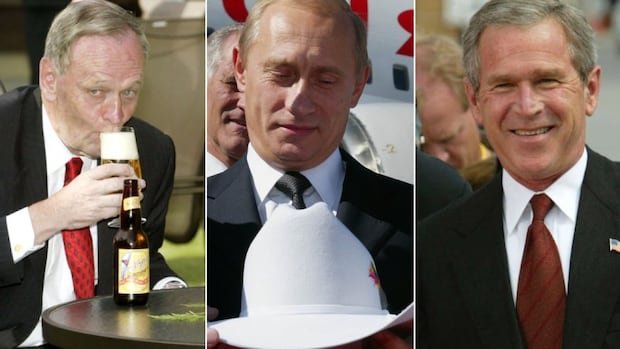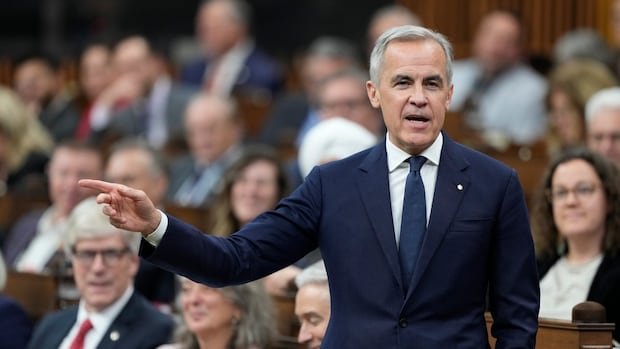Revisiting the 2002 G8 Summit in Kananaskis: A Defining Chapter for Canada’s Global Diplomacy
As Alberta prepares to host another notable international summit, reflecting on the 2002 G8 meeting held in Kananaskis offers valuable insights into Canada’s diplomatic achievements and cultural presentation on the world stage. This summit remains a milestone that combined strategic dialog with genuine Canadian hospitality.
Choosing Seclusion: The Summit’s Unique Setting and Purpose
The 2002 gathering brought together leaders from eight nations, including Russia before it’s later exclusion, under the leadership of then-Prime Minister Jean Chrétien. The agenda focused heavily on urgent global concerns such as African development aid, nuclear disarmament efforts, and counterterrorism strategies following the September 11 attacks.
Kananaskis’ remote mountain locale was deliberately selected to foster a more intimate atmosphere away from urban distractions. This setting aimed to revive the original intent of these summits as informal discussions among peers rather then grand political exhibitions.
Ensuring Security Amid Heightened Global Risks
The event unfolded during a period marked by increased terrorist threats worldwide. Despite this tense environment-and recalling violent protests at previous summits-Canada successfully maintained a secure yet unobtrusive presence within Alberta’s rugged terrain.
“Canada’s ‘defense-in-depth’ security approach balanced visible policing with discreet protection inside venues,” ensuring peaceful proceedings without overshadowing civil liberties or public expression.
This strategy stood in stark contrast to confrontations seen at other international meetings like Genoa in 2001, where clashes resulted tragically in fatalities. Peaceful demonstrations here ranged from traditional marches against globalization policies to creative nonviolent actions such as knit-ins organized by advocacy groups.
A Distinctive Canadian Welcome: Symbolism and Cultural Pride
The opening ceremony in Calgary featured an iconic gesture emblematic of Western Canadian culture: Mayor Dave Bronconnier presented each visiting dignitary with a white Smithbilt cowboy hat. While some leaders embraced this warmly-U.S. President George W. Bush briefly wore his hat before holding it over his heart-others like French President Jacques Chirac declined altogether.
This ceremonial exchange went beyond mere tradition; it was part of Canada’s broader effort to showcase its culture beyond clichés like hockey or beavers through innovative initiatives including multimedia presentations highlighting contemporary Canadian art and literature throughout summit week.
Culinary Experiences Reflecting Regional Heritage
The summit menu celebrated local flavors with dishes such as smoked Bow River trout paired with Yukon Gold potatoes and charbroiled bison tenderloin sourced directly from Alberta’s High Plains-a thoughtful departure from generic international fare despite attendees’ diverse backgrounds.
Chef Jeff O’Neill curated these offerings carefully to emphasize authentic regional tastes that resonated deeply with Canada’s identity.
Addressing Complex Global Challenges Through Collaborative Dialogue
The two-day conference tackled pressing issues ranging from Middle East peace negotiations to nuclear non-proliferation commitments culminating in an unprecedented $20 billion pledge known as the Global partnership Against Weapons Proliferation aimed primarily at dismantling obsolete arsenals across Russia and former Soviet republics.
African development remained central despite competing priorities; four African presidents participated alongside UN Secretary-General Kofi Annan resulting in what many hailed as a landmark agreement addressing debt relief, conflict resolution strategies for war-torn regions across africa, expanded market access for African exports abroad plus targeted educational programs tailored specifically for sub-Saharan countries’ needs.
Bilateral Interactions beyond Formal Negotiations
- An impromptu workout dubbed “the first aerobic bilateral” saw U.S President George W Bush join British Prime Minister Tony Blair for exercise sessions fostering camaraderie outside official talks;
- Jean chrétien managed four holes of golf amid breathtaking mountain scenery just hours before formal meetings began – reportedly scoring birdie on one hole;
- Souvernir exchanges included French President Chirac purchasing moose-themed sweaters while Russian President Vladimir Putin acquired an intricately crafted Indigenous dreamcatcher made near Vancouver;
Civil Engagement Shaping New Norms around Protest Conduct

Kananaskis Summit Legacy: Influencing Future International Forums And Canada’s Role On The World Stage

This landmark event set new standards not only diplomatically but also regarding how host nations can balance security demands while respecting civil liberties under pressure.
The success demonstrated Canada’s ability to convene complex global dialogues effectively while showcasing its unique cultural identity through hospitality gestures-from culinary delights rooted deeply in regional heritage to symbolic welcomes reflecting local pride.
Kananaskis remains remembered today as an example of how thoughtful planning combined with genuine warmth can elevate international cooperation even amid uncertain times worldwide-with lessons still relevant ahead of future summits hosted by canada or elsewhere globally.





